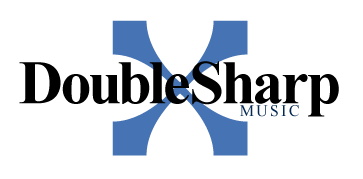Organization Pt. 3 (patchbays)
- Timothy Wheeler
- Oct 12, 2020
- 3 min read
Patchbays Having a patchbay helps to optimize your signal routing and organization. Even the most modest of studio setups can benefit from the simple addition of a patchbay. Almost any configuration of cable connection – xlr, 1/4″ TRS jack, Cat5, etc. can be connected to a patchbay. And you can make your connections without ever having to leave your seat! If all your equipment I/O (input/output) is connected to the patchbay and it is labeled well, it will save you time by not having to go around the back of your gear to connect things. It will save wear and tear on the connections of equipment. It also centralizes the grounding of gear and reduces potential ground loop noise problems. I use two main types of patchbays in my studio: xlr and 1/4″. The [Hosa] xlr patchbay is configurable. That is, the two types of xlr – male and female – can be configured to fit one’s needs. You can have the front panel all xlr male, all xlr female, or a mixture. Conversely, you can set the back of the patchbay as well. The [Neutrik] 1/4″ patchbay has a two-row topology and is typically set up with an out-over-in signal flow, or a downward signal flow direction. For instance, outputs on the top row and corresponding inputs below. Or, returns on top and sends on bottom. TRS patch panels have configurable setups called “normalled” and “half-normalled.” In patchbays, a normalled configuration is an internal connection from the top row of jacks, to the bottom row. Normalling allows connections that are normally in effect to exist without the need for inserting a patch cable in the front of the bay. For example, the stereo outs of a mixer are generally connected to the inputs on a stereo mixdown deck. By connecting the mixer’s outputs to the top back row of a normalled patchbay’s jacks, and the mixdown deck to the bottom back row, a connection is made internally in the bay, and does not require extra patch cables. When a jack is inserted into the lower plug, however, the normalled connection is broken. This provides a convenient way to route signals to multiple destinations. For example, the output of a mixer that is normalled to the input of a DAT on the patch bay can also be simultaneously routed to another patch point. To do this one would simply run a patch cable from the patch point that is the output of the mixer (an upper jack) to the patch point that is the input to the other device (a lower jack). This connection will break the normal of what would normally be feeding that other device in favor of the mixer signal that has been patched in. Signal will now be routed to the DAT and the other device. Another application might be to insert an EQ after a preamp but before the converters. Simply route the output of the EQ (an upper jack) to the normal input jack (a lower jack) for that mic preamp. As a final note – label, label, label!! In a previous post I mentioned owning a digital label maker. This is when it comes in handy! Also, write all the routing options down on paper first to help figure out organization. Having a patchbay will simplify your studio life and make routing an easy task! Peace –
and HEY! make it a great day!! Tim

Comments